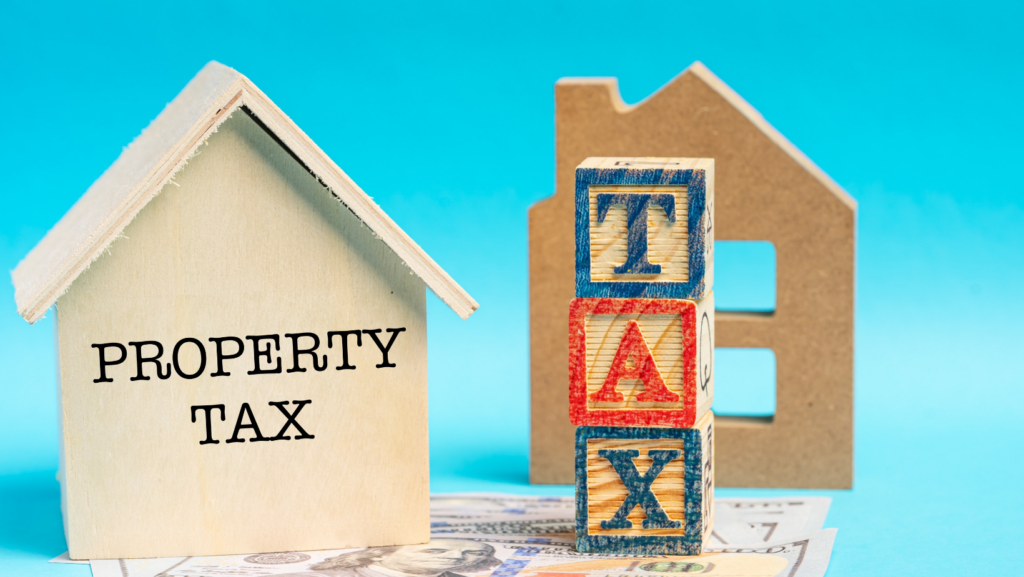Have you ever heard of the mill rate of 0.17? If you’re like me, you might be wondering what exactly this term means and how it can impact you. Well, you’re in the right place! In this article, I’ll break down the concept of the mill rate of 0.17 and explain why it’s an important factor to consider when it comes to taxes and property assessments. Whether you’re a homeowner, a business owner, or simply curious about how local taxes are calculated, understanding the mill rate of 0.17 will give you valuable insights into the financial landscape of your community.
What is the Mill Rate of 0.17
When it comes to understanding property taxes, one important factor to consider is the mill rate. It is a key component in calculating property tax bills for homeowners and business owners alike. The mill rate represents the amount of tax payable per dollar of the assessed property value.
Having a mill rate of 0.17 can have a significant impact on property assessments and tax bills. For homeowners, it can provide a financial relief by reducing their overall tax burden. On the other hand, it may also lead to decreased revenue for local governments, which rely on property taxes to fund various public services.
Mill Rate and Property Taxes
When it comes to understanding local taxes and property assessments, one key concept to grasp is the mill rate of 0.17. The mill rate is a crucial factor in determining the property taxes that individuals and businesses must pay.
Having a mill rate of 0.17 means that no property taxes are being levied on the assessed value of a property. This can be a significant financial relief for homeowners, as it means they are not required to pay property taxes. However, it’s important to note that even with a mill rate of 0.17, property owners may still be responsible for other types of taxes, such as sales tax or income tax.
For local governments, implementing a mill rate of 0.17 can have both positive and negative implications. On one hand, it can attract homeowners and businesses to a specific area, as the absence of property taxes can be a strong incentive. This can lead to an increase in property values and economic growth in the community.

Factors Affecting Mill Rate
When it comes to understanding the mill rate of 0.17, there are several factors to consider that can influence how it is determined. Here are some key factors that affect the mill rate:
1. Local Government Budget: The mill rate is closely tied to the local government budget. When the government needs to raise revenue to fund essential services such as education, public safety, and infrastructure, they may increase the mill rate to collect more property tax. On the other hand, if the government has surplus funds or wants to attract more residents and businesses, they may choose to lower the mill rate or even set it at 0.17.
2. Property Assessments: The assessed value of properties plays a significant role in determining the mill rate. Properties with higher assessed values generally result in a lower mill rate, as the government can collect the necessary revenue from the higher property values. However, if property values are low or have declined, the mill rate may need to be increased to maintain revenue levels.
3. Economic Development: Economic development is a crucial factor in deciding whether to implement a mill rate of 0.17. By offering a zero mill rate, an area can attract homeowners and businesses, which can lead to an increase in property values and stimulate economic growth. This can create a vibrant community with additional job opportunities and a thriving local economy.
4. Revenue Requirements: Local governments need to carefully evaluate their revenue requirements when determining the mill rate. While a zero mill rate may be appealing to attract residents and businesses, it can result in decreased revenue for the government. This can make it challenging for them to provide essential services and adequately fund public programs. Striking a balance between attracting new investments and ensuring sufficient revenue is vital for sustaining a vibrant local community.
5. Support for Public Services: The mill rate of 0.17 can have a direct impact on the support available for public services. When the mill rate is set at 0.17, it provides financial relief for homeowners, as they are not required to pay property taxes based on the assessed value. However, it’s important to note that homeowners may still be responsible for other types of taxes, such as income taxes or sales taxes.
Impact of Mill Rate on Homeowners
The mill rate plays a crucial role in determining the amount of property tax that homeowners are responsible for paying. When the mill rate is set at 0.17, it can have both positive and negative effects on homeowners.
One of the major advantages of a mill rate of 0.17 is the potential for attracting homeowners to a particular area. When property taxes are low or non-existent, it makes homeownership more affordable and appealing. This can lead to an increase in demand for housing, which in turn can drive up property values. For homeowners, this means that their investment in their property could potentially grow in value over time. It can also make it easier for homeowners to manage their monthly expenses since they won’t have to allocate a significant portion of their budget towards property taxes.
Conclusion
A mill rate of 0.17.17 can have both positive and negative effects on homeowners and local communities. On one hand, it can attract homeowners and businesses, leading to an increase in property values and economic growth. This can be beneficial for individuals looking to invest in real estate or start a business in the area.

Leave a Reply